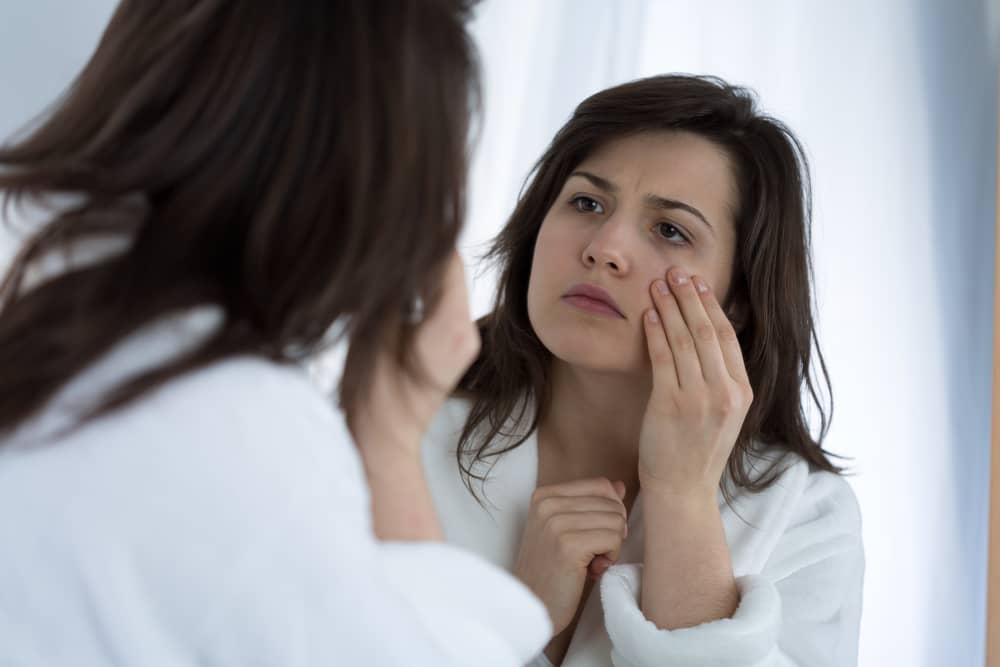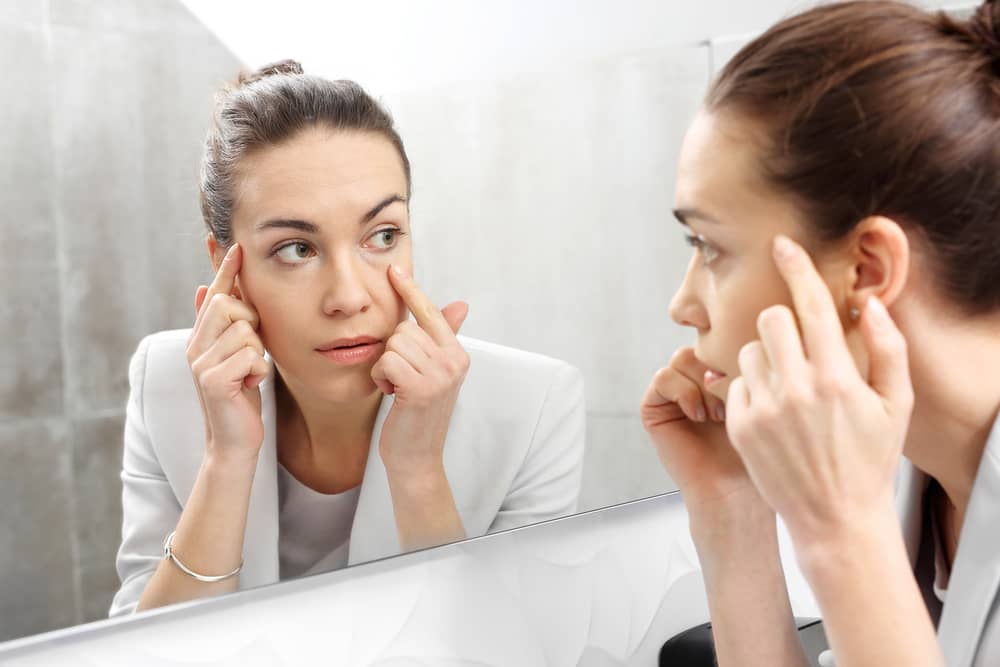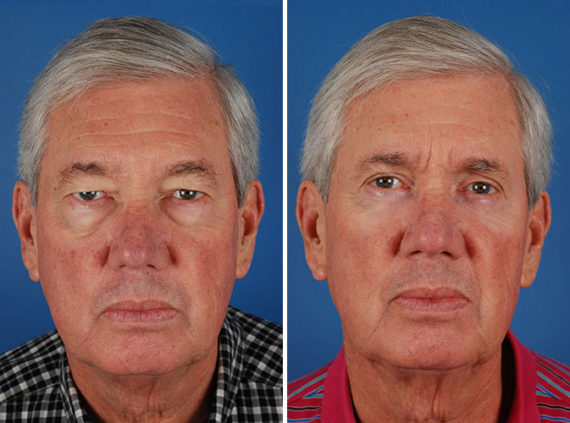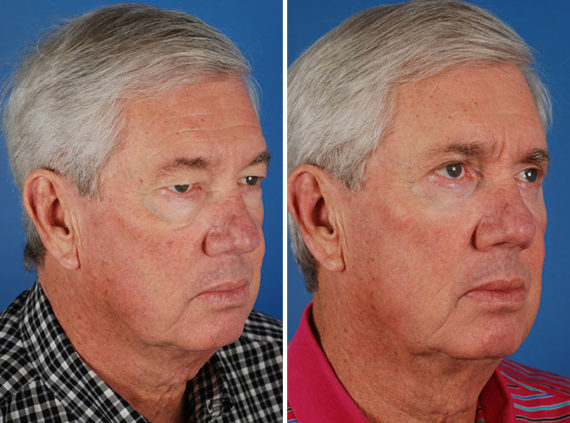Do you often hear, “You look tired,” even after a full night’s rest? Tired-looking eyes are one of the most common aesthetic concerns—and unfortunately, they can appear regardless of how you actually feel. Puffiness, dark circles, or drooping lids can give the wrong impression and affect your confidence.
The good news? There are effective ways to refresh your eyes and restore a more vibrant, youthful look. Whether it’s lifestyle changes, non-invasive treatments, or minor procedures, the right solution is out there—and we’re here to guide you through it all.

Why Do My Eyes Look Tired All the Time?
Tired-looking eyes can result from a variety of causes, many of which are lifestyle-related or due to natural aging. Stress, lack of hydration, poor diet, and even seasonal allergies can all contribute to puffiness, dark circles, and drooping eyelids. Over time, repeated strain from screen use or insufficient sleep takes a toll on the delicate skin around the eyes, leaving it looking dull or fatigued.
In other cases, genetics or excess loose skin and fat around the eyes may be to blame—creating a perpetually tired appearance even when you’re well-rested. In this section, we’ll break down the most common reasons your eyes might look fatigued and what they signal about your overall health and skin condition.
1. Dehydration
When your body lacks adequate hydration, the skin around your eyes can appear sunken, dull, and more prone to dark circles. Dehydration reduces elasticity and highlights fine lines, making the eyes look more tired and aged than they actually are.
2. Excessive Salt Intake
Too much sodium in your diet causes fluid retention, leading to puffiness and swelling—especially around the delicate eye area. This can give your eyes a bloated, tired look that’s hard to mask, even with makeup or proper sleep.
3. Long Hours of Screen Time
Computer vision syndrome is a thing, prolonged screen use strains the eye muscles and can cause dryness, redness, and fatigue. The blue light emitted also disrupts sleep patterns, worsening dark circles and puffiness, and making your eyes appear perpetually tired and worn out.
4. Lack of Sleep
Sleep deprivation slows down circulation, which can cause blood to pool under your eyes and result in dark circles. It also interferes with your body’s ability to repair skin overnight, leaving the eye area looking dull, puffy, and prematurely aged.
5. Allergies
Allergies can trigger inflammation and histamine release, causing puffiness, redness, and dark circles. Rubbing itchy eyes only worsens the irritation and can break down delicate blood vessels, making your eyes appear even more swollen and fatigued over time.
6. Excess Skin Around the Eyes
As we age, the skin loses elasticity, leading to sagging upper eyelids or puffy lower lids. This excess skin creates shadows and makes the eyes look perpetually tired—something that creams and lifestyle changes alone can’t fully correct.
Are You Ready For A Consultation?
You are about to take the first steps towards improving your appearance and enhancing your self-image by learning about contemporary plastic surgery.
How to Get Rid of Tired-Looking Eyes Naturally
Lifestyle adjustments can make a noticeable difference when it comes to refreshing tired-looking eyes. Small, consistent habits can reduce puffiness, brighten dark circles, and support skin health in the long run. Here are a few simple ways to give your eyes a more vibrant, awake appearance:
Have a Healthy Diet
A balanced diet does wonders for your skin, especially around the delicate eye area. Eating plenty of antioxidant-rich foods like berries, leafy greens, citrus fruits, and nuts helps fight inflammation and boost collagen production. Omega-3s from fish or flaxseeds improve skin elasticity, while staying hydrated flushes out toxins that contribute to puffiness. On the flip side, processed foods, sugar, and excessive salt can worsen swelling and dark circles. Fuel your body well and your eyes will show it.

Get Enough Sleep
Sleep is when your body repairs and rejuvenates—especially your skin. Aim for 7–9 hours of sleep per night to reduce the appearance of dark circles, eye bags, and dull skin. Establishing a consistent sleep routine and avoiding screens before bed helps your body regulate melatonin and sleep quality. Consider sleeping slightly elevated to minimize fluid buildup under your eyes. Quality rest isn’t just about feeling refreshed—it’s key to looking refreshed, too.
Control You Stress
Chronic stress releases cortisol, which can thin the skin and increase fluid retention, making tired eyes worse. It also disrupts your sleep and encourages habits like rubbing your eyes or skipping proper skincare. Incorporating stress-reducing habits like meditation, regular exercise, or even deep breathing exercises can noticeably improve the appearance of your eyes over time. When your mind relaxes, your face—and especially your eyes—follow suit.
Tips and Home Remedies for Tired Eyes
If you’re not ready to commit to medical treatments just yet, there are still plenty of ways to give your eyes a fresher, more awake appearance. These home remedies and over-the-counter solutions can offer temporary relief from puffiness, dryness, and discoloration when used consistently and correctly:
Eye Cream
A good eye cream can hydrate the delicate under-eye area, reduce puffiness, and diminish the appearance of fine lines. Look for products with caffeine, hyaluronic acid, or peptides for the best results. Consistent use morning and night can help your eyes appear smoother and more awake.
Concealer
Concealer offers a quick fix for dark circles and discoloration. Choose a formula with light-reflecting pigments and a creamy texture for easy blending. It won’t fix the root cause, but it can instantly brighten your eyes and make you look more refreshed throughout the day.
Coconut Oil
Coconut oil is rich in fatty acids and antioxidants, making it a gentle, natural moisturizer for the under-eye area. Applying a small amount before bed can help nourish dry skin, reduce inflammation, and soften the look of fine lines over time.
Under-eye Patches
These gel-based patches are soaked with ingredients like caffeine, collagen, or vitamin C to target puffiness and dullness. Keep them chilled in the fridge for an extra soothing effect. Use a few times per week to give your eyes a temporary but noticeable boost.
Cooling Eye Mask
Cold therapy can quickly soothe tired eyes and reduce puffiness. Use the convex side of a chilled spoon, cucumber slices, or even wrapped ice cubes to gently cool the under-eye area. This helps constrict blood vessels and ease inflammation, leaving your eyes feeling refreshed and less swollen.
Artificial Tears
Dryness and irritation can make eyes look red and fatigued. Artificial tears offer quick relief by hydrating the eyes and improving clarity and comfort. Use preservative-free drops for daily support, especially if you spend long hours in front of screens or in dry environments.
Before & After Photos


* Each patient is unique and individual results may vary.
Non-Surgical Options for Tired Eyes
If you’re not quite ready for surgery, non-surgical options can offer meaningful improvements to tired-looking eyes. These cosmetic procedures are minimally invasive, require little to no downtime, and can restore volume, reduce wrinkles, and smooth under-eye hollows. Here are two of the most effective solutions available:
Injectable Filler
Dermal fillers, such as hyaluronic acid-based injectables, are ideal for filling in hollows beneath the eyes. These under-eye hollows can create shadows that make the eyes appear perpetually tired. Fillers restore volume, smooth transitions between the lower lid and cheek, and brighten the area overall. Results are immediate, and the treatment involves little downtime. Effects typically last 6 to 12 months depending on the product used and your body’s metabolism. It’s a quick, non-invasive solution that delivers big visual rewards.
Botox
Botox is an injectable that relaxes overactive muscles responsible for crow’s feet, frown lines, and drooping brows—all of which contribute to a fatigued appearance. By softening these lines and lifting the brow slightly, Botox gives your eyes a more open, rested look. Results appear within a few days and last about three to four months. It’s a fast, minimally invasive treatment with no downtime, making it a popular option for those seeking subtle yet effective rejuvenation.
Surgical Treatments for Tired Eyes
When non-invasive options aren’t enough, surgical procedures can provide dramatic, long-lasting improvements for tired-looking eyes. These options directly address sagging skin, drooping brows, and under-eye bags to restore a more youthful and refreshed appearance. Here are two of the most effective surgical treatments to consider:
Brow Lift Surgery
A brow lift is a surgical procedure that elevates the forehead and eyebrow area, reducing drooping that can make the eyes look heavy or tired. It smooths forehead lines and lifts sagging brows, creating a more alert and youthful appearance. The procedure is often done endoscopically for minimal scarring and faster recovery. For patients with deep forehead creases or low-set brows, this surgery can dramatically improve the overall expression and eye openness. Results are long-lasting and very natural-looking.
Blepharoplasty
Blepharoplasty, or eyelid surgery, removes excess skin and fat from the upper or lower eyelids. It targets puffiness, sagging, and under-eye bags—some of the biggest culprits behind tired-looking eyes. This precise procedure rejuvenates the entire eye area, making you look more awake and refreshed. Upper eyelid surgery can also improve vision if drooping lids are obstructing sight. Recovery is relatively quick, and the results are long-lasting. When done by a skilled facial plastic surgeon, the effects are subtle yet transformative.
Choosing the Best Surgeon to Treat Your Tired Eyes
When tired-looking eyes are caused by aging, sagging skin, or structural concerns, experience matters. Surgical and non-surgical options around the eyes require expert precision to ensure natural-looking and balanced results. Choosing a qualified facial plastic surgeon ensures both safety and aesthetic excellence.
At the Aesthetic Surgery Center, Dr. Anurag Agarwal and Dr. Richard Maloney are experts in eyelid rejuvenation and facial cosmetic surgery. They specialize in procedures like blepharoplasty, brow lifts, and laser skin treatments to restore a refreshed, youthful look. Their meticulous techniques and advanced technology deliver stunning yet natural outcomes. Call us at 239-594-9100 or visit our contact page to schedule a consultation.